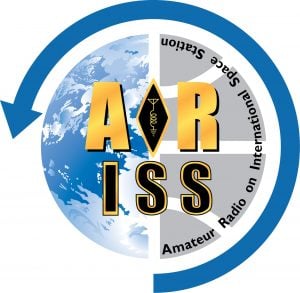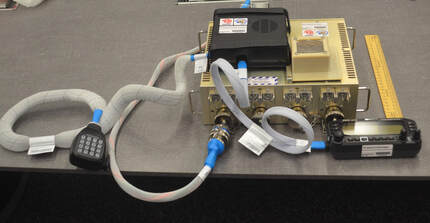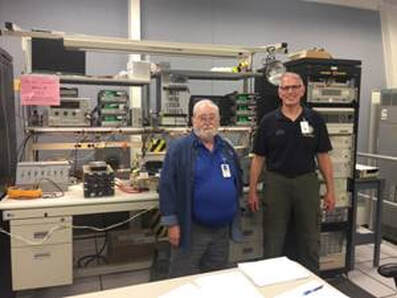Amateur Radio on the International Space Station, Inc. (ARISS-USA) is seeking volunteers to support our mission:
To provide and operate Amateur Radio systems on International Space Station (ISS) and elsewhere to inspire, educate, and engage youth and communities in science, technology, engineering, arts, and mathematics (STEAM) and to support ISS backup communications. ARISS-USA, is a 501 (c) (3) charitable, educational and scientific non-profit that was recently incorporated in the state of Maryland in the USA.
We are seeking volunteers with a can-do, collaborative attitude who can work effectively as part of a team to support a variety of functions and roles. We have volunteer openings in several senior leadership roles, including:
- Associate Director
- Treasurer
- Secretary
- Director of Business Development
- Director of Volunteer Resources
- Director of Public Engagement
- Director of Engineering
We also have openings for volunteers who would support functions within the above teams as well as openings within the ARISS-USA Operations, Engineering and Education teams.
Descriptions of each of these roles are given in Article 8.6 of the ARISS-USA bylaws that can be referenced at: https://ariss-usa.org/wp-content/uploads/2021/04/ARISS-USA-Bylaws-Web-Site.pdf
Candidates accepted into senior leadership positions will be required to first serve in a six-month probationary period. All candidates for senior leadership positions must be U.S. citizens.
If you are interested in making a difference as an ARISS-USA team member, please send your resume or CV to [email protected]. Include a cover letter that explains what position you are interested in supporting.
We thank everyone for your interest and support to ARISS!
Ad Astra! (To the Stars!)
Frank H. Bauer, KA3HDO
ARISS-USA Executive Director
ARISS-USA is an Equal Opportunity Organization and will not discriminate on the basis of gender identity, age, race, color, national origin, religion, physical handicap, disability or any other legally protected status



